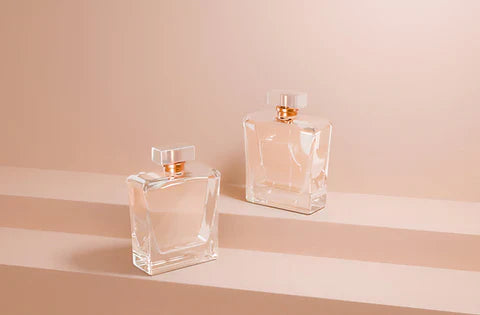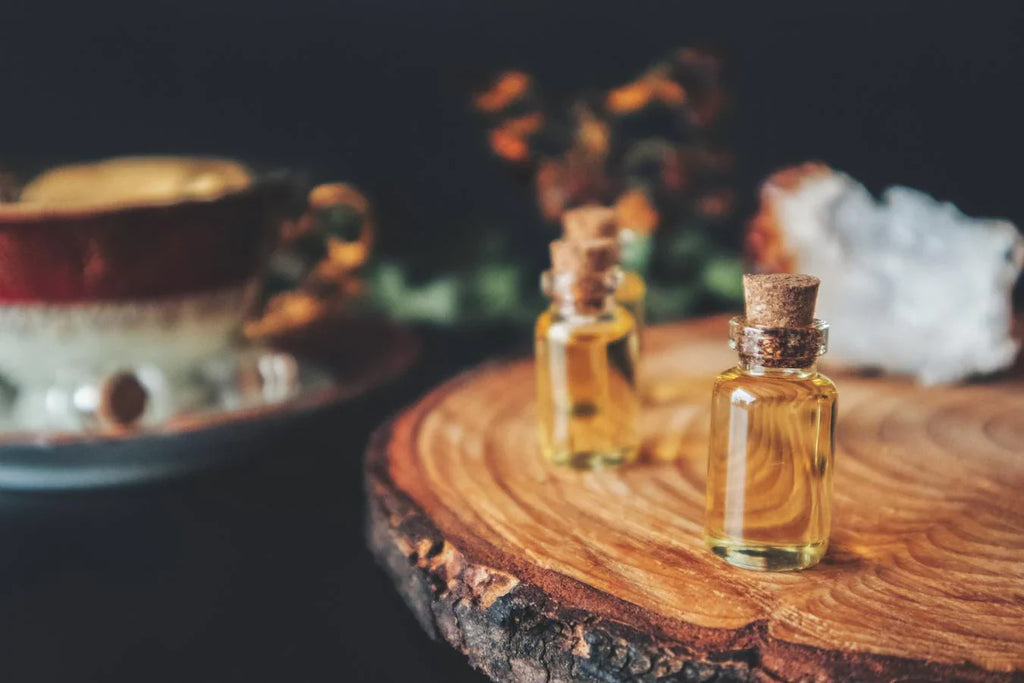
How to Identify Real vs Fake Oud Oil – A Complete Guide

Imagine a fragrance so rare, it's worth more than gold per ounce, welcome to the world of oud oil.
Oud oil, also known as liquid gold, is a fragrant resin extracted from the Aquilaria tree when it becomes infected with a particular mold. This natural reaction creates an intensely aromatic resin that’s distilled into one of the most luxurious perfumes in the world.
Its value spans cultures and centuries, revered in Middle Eastern traditions, deeply spiritual in South Asia, and a growing obsession in Western niche perfumery. But with demand comes deception. As the oud market expands, so does the influx of synthetic and fake oils.
That’s why knowing how to differentiate authentic oud oil vs synthetic is essential—not just for your nose, but for your investment.
What is Oud Oil and Why Is It So Prized?
If diamonds are forever, oud is eternal, in scent, soul, and value.
So, what is oud oil? It is extracted from the resinous heartwood of Aquilaria trees, primarily found in Southeast Asia. The magic begins only when the tree becomes infected with a specific type of mold, triggering it to produce a dark, aromatic resin as a defense mechanism.
This resin is then distilled into one of the most precious oils in the world.
But why is oud oil so prized?
-
Culturally: It’s deeply rooted in Middle Eastern, South Asian, and East Asian rituals.
-
Spiritually: It’s believed to elevate meditation and prayer.
-
Commercially: It’s rare and expensive, some authentic oud oils sell for thousands per tola.
And when it comes to authentic oud oil vs synthetic, the difference isn’t just in the scent—it’s in the entire experience. Synthetic oud perfumes might smell strong, but they lack the depth, evolution, and soul of the real deal. That’s why knowing how to tell the difference is crucial.
How to Identify Real Oud Oil: Key Characteristics to Look For
Your first clue is in the bottle, real oud doesn't try too hard to impress, but it never fails to leave a mark.
When you know what to look for, spotting pure oud oil becomes a skill, and a satisfying one at that. Here's what defines the best:
-
Color: Real oud oil ranges from dark amber to deep brown. If it looks unusually bright or transparent, it’s likely been tampered with.
-
Consistency: Think thick, syrupy, and slow-moving. It should stick to the walls of the glass bottle when tilted.
-
Scent: Authentic oud oil is not a one-note song. It’s deep, woody, smoky, slightly sweet, and evolves as you smell it. It’s complex and never overpowering in a synthetic way.
If the oil feels too light, smells too sharp, or looks oddly colored—your instincts might be right.
The Scent of Real Oud Oil: What Should You Expect?
If scent were a story, real oud oil would be a thousand-page novel.
The smell of real oud is hypnotic. It starts off earthy and slightly animalic, then unfolds into smoky, leathery tones before settling into a rich, warm trail that lasts for hours, sometimes even days, on your skin.
Even better, oud oil reacts to your skin’s chemistry, making it personal. What smells woody on one person might turn sweet and balsamic on another. This evolving nature is a signature trait of authentic oud.
Synthetic oud oils, in contrast, tend to hit one loud note, and stay there. No evolution, no journey, just perfume fatigue.
Differences Between Real and Fake Oud Oil: How to Spot the Fake Ones
Spotting a fake is easier when you know what real beauty looks like.
Here’s how to break down real vs fake oud oil:
-
Fragrance: Fake oud oil usually smells loud, linear, and artificial—almost like a burnt rubber or synthetic musk.
-
Consistency: Cheap oud or fakes are often thin, watery, or feel greasy. Real oud has a heavier, luxurious texture.
-
Price: Let’s be real, if it’s too cheap, it’s not real. True oud oil takes years to develop and distill. If someone offers you “pure oud” for $20, walk away.
Look out for buzzwords like “oud-inspired” or “oud blend”—these are often dead giveaways for synthetics.
Testing Oud Oil Purity: Methods to Confirm Authenticity
You don’t need a lab coat to test your oud—just a few smart techniques.
Want to confirm if your oud is the real deal? Try these easy at-home methods:
-
Smell Test: Apply one drop on your skin and wait. Real oud evolves over time, layer by layer. If it smells the same after 30 minutes, it’s likely synthetic.
-
Water Test: Add a drop to a glass of water. Real oud oil will float separately and stay intact. Fake ones may emulsify or dissolve.
-
Consistency Test: Rub a drop between your fingers. Real oud feels thick and resinous, not runny or oily like carrier-based versions.
Remember: real oud oil doesn’t shout—it whispers in layers.
Real vs Fake Oud Oil: Chemical and Physical Differences
Under a microscope, the truth about your oud gets even more fascinating.
Authentic oud oil is derived through slow steam distillation of aged, resin-rich wood. Its chemical profile contains rare sesquiterpenes and complex molecules that are nearly impossible to replicate synthetically.
Fake or diluted oud oils, on the other hand, are often loaded with chemical additives, alcohols, or cheap filler oils that mimic oud's top notes but lack its depth and evolution.
Distilled oud oil vs blended versions aren’t even in the same league, one is artisanal, the other is manufactured.
How to Avoid Buying Fake Oud Oil: Trusted Sources and Tips
The best way to avoid fake oud? Know your source like you know your scent.
The world of oud is full of treasure, and traps. To make sure you’re getting the real thing:
-
Buy from certified, reputable suppliers who specialize in oud—not general perfume stores.
-
Look for transparency: Origin, distillation method, and species should all be disclosed.
-
Avoid mass-market deals. Real oud is a luxury commodity—it’s not meant to be sold in bulk at suspicious prices.
Brands like Saeed Anwar Signature Oud Fragrances and quality platforms specializing in Oud Oils are safer bets.
How to Choose High-Quality Oud Oil: Buying Tips for Beginners
Buying your first oud? Here's how to make it count, not regret it.
Here’s what to check before you buy:
-
Origin: Oud from Assam, Cambodia, or Borneo often has a higher value. Each region has its unique scent profile, learn what you love.
-
Packaging: Pure oud should be stored in airtight glass vials. Plastic containers degrade its quality.
-
Vendor Transparency: If the seller can’t tell you where the oud comes from or how it’s made, it's time to walk away.
Start small with samples, test them over a few days, and educate your nose. You’ll be an oud connoisseur in no time.
Identifying Real Oud Oil Matters for You
In a world full of fakes, knowing the real thing is a superpower.
From cultural rituals to luxury perfumes, oud carries a legacy that deserves respect. Whether you're buying for personal use or spiritual practice, remember: real oud oil isn’t just a fragrance, it’s a journey. And that journey begins with sourcing right, testing smart, and trusting your senses.























